CHILDHOOD RESCUE
Syria
This year marks 14 years since Syria plunged into a civil war killing and displacing millions of children and families.
Give nowSyria's children are facing the most significant humanitarian crisis in living memory
Syrian children need your help. Brutal conflict has been raging on in Syria for 14 years. Children have lost their homes, loved ones and everything familiar to them. Nearly 6 million people in Syria are facing hunger, with children suffering the most. Fleeing for their lives, children and families have become refugees, and millions more are trapped inside Syria. Crammed in camps without the needs to survive. Without a place to sleep, food, clean water or education.
In 2023, Northwest Syria and Türkiye were hit by devastating earthquakes which made the humanitarian crisis even worse. World Vision has helped almost 1 million people in the wake of these earthquakes, thanks to our dedicated staff and supporters. But the need is so great. Years of war and terror have left lasting scars on children and families who've lost everything. Right now, every $1 you give now will provide $6 worth of urgent support to help children survive, recover and build a future.
We need your help to provide assistance to Syrian children and families
Zaher Jaber, Communications Officer at World Vision Syria, reflects on how the hopes of Syrian people now rest on a single dream – the dream of returning to their homes. Despite the hardships, this hope remains a beacon for many.
The ongoing conflict and 2023 earthquakes have forced more than half of Syria's population to flee their homes. Thanks to your support, World Vision has been responding since the conflict began, assisting children and families that have been affected. We’ve been working in Syria – as well as Lebanon, Jordan, Iraq, and Türkiye as part of the Syria crisis response since 2013.
Please give now to help provide clean water, food, shelter, education, child protection, and psycho-social support.
7.5 million
children are in need of humanitarian assistance.
4.8 million
Syrian children have only ever known war.
80%
of the population lives in poverty.
An entire generation has been lost to this conflict.
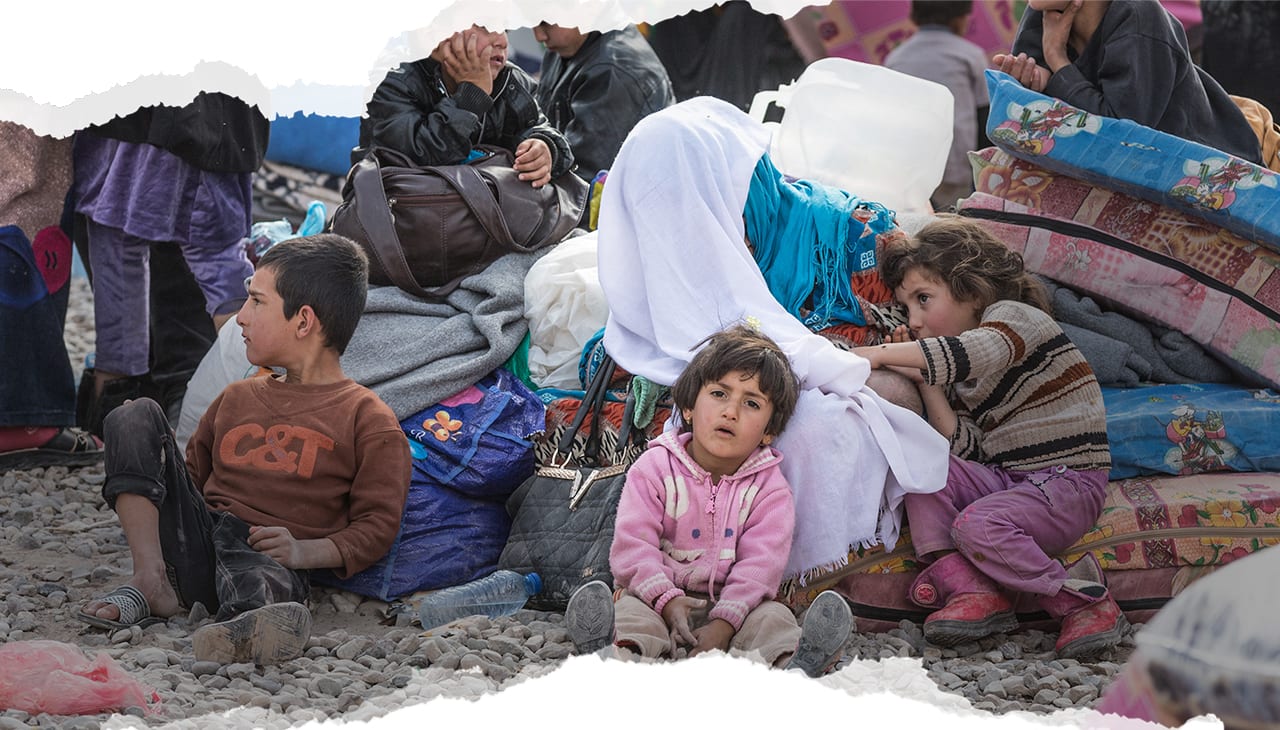
14 years of war in Syria represents the greatest humanitarian failure of our time for every single child and is already at a breaking point.
"The world has stood by and allowed this conflict to rage on for a decade, robbing children of their basic rights and preventing an entire generation of girls and boys from reaching their potential," says Andrew Morley, World Vision International President & CEO.
Syrian children's life expectancy has decreased by 13 years since the war began.
The loss of missed school years, no medical care, forced child marriage, poverty and broken dreams are unimaginable.
“Boys and girls aged five or six can name every type of bomb by its sound, but sometimes can barely write their name having missed out on an education.”
- Johan Mooij, World Vision Syria Response Director.
The earthquakes that resulted in irreversible damage and loss.
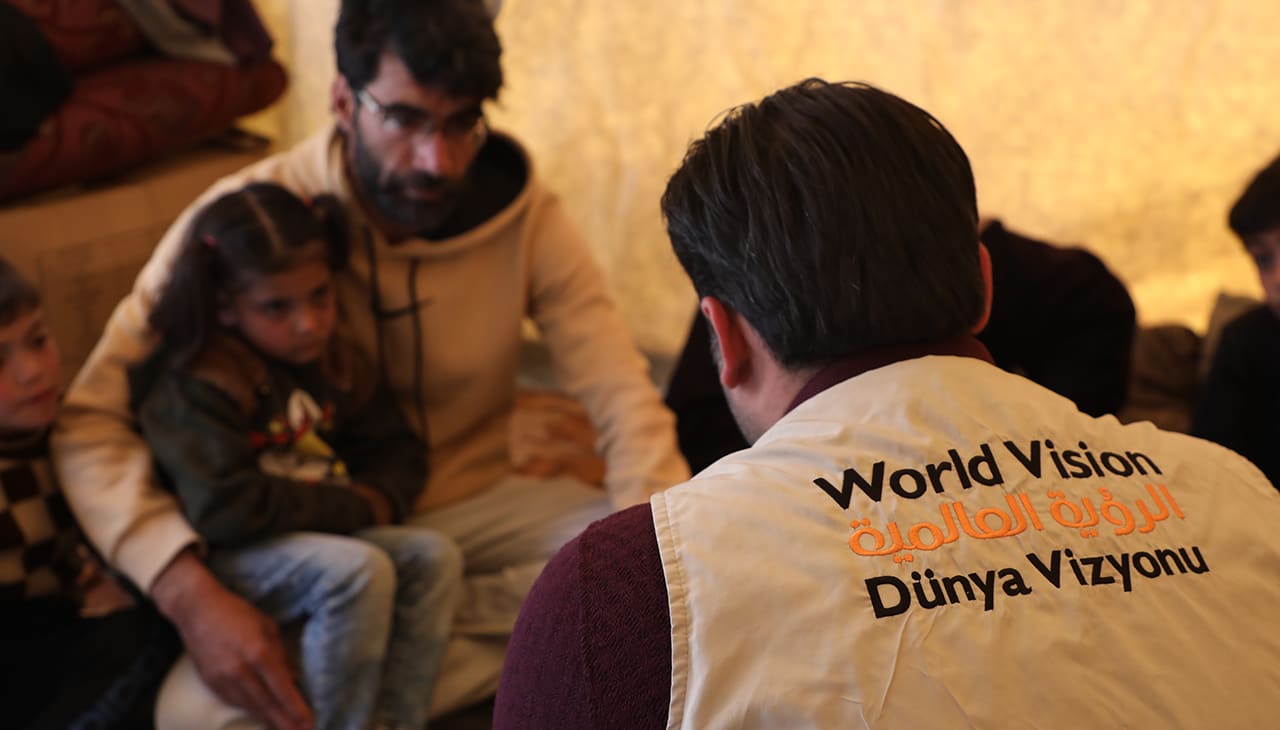
6 February is a day that will be engraved in Syrians memories for generations. Families were awoken by a deadly 7.8 magnitude earthquake. “During the earthquake, the situation was horrible, it felt like the end of the world” shares Yahya. The 40-year-old father is one of the Syrians who managed to escape the rubble with his family. unfortunately, almost 7,000 Syrians weren’t so lucky.
The family headed to a shelter with just the clothes on their backs. They were among 86,000 people who were all displaced after their homes were destroyed.
This earthquake has affected an already severely devastated country, that has been witnessing war for the past 14 years.
Give now
Please help children in countries like Syria survive, recover and build a future.
A monthly gift of $45, will provide $270 worth of life-changing support to children whose lives are on the line, thanks to our partnerships with other organisations.
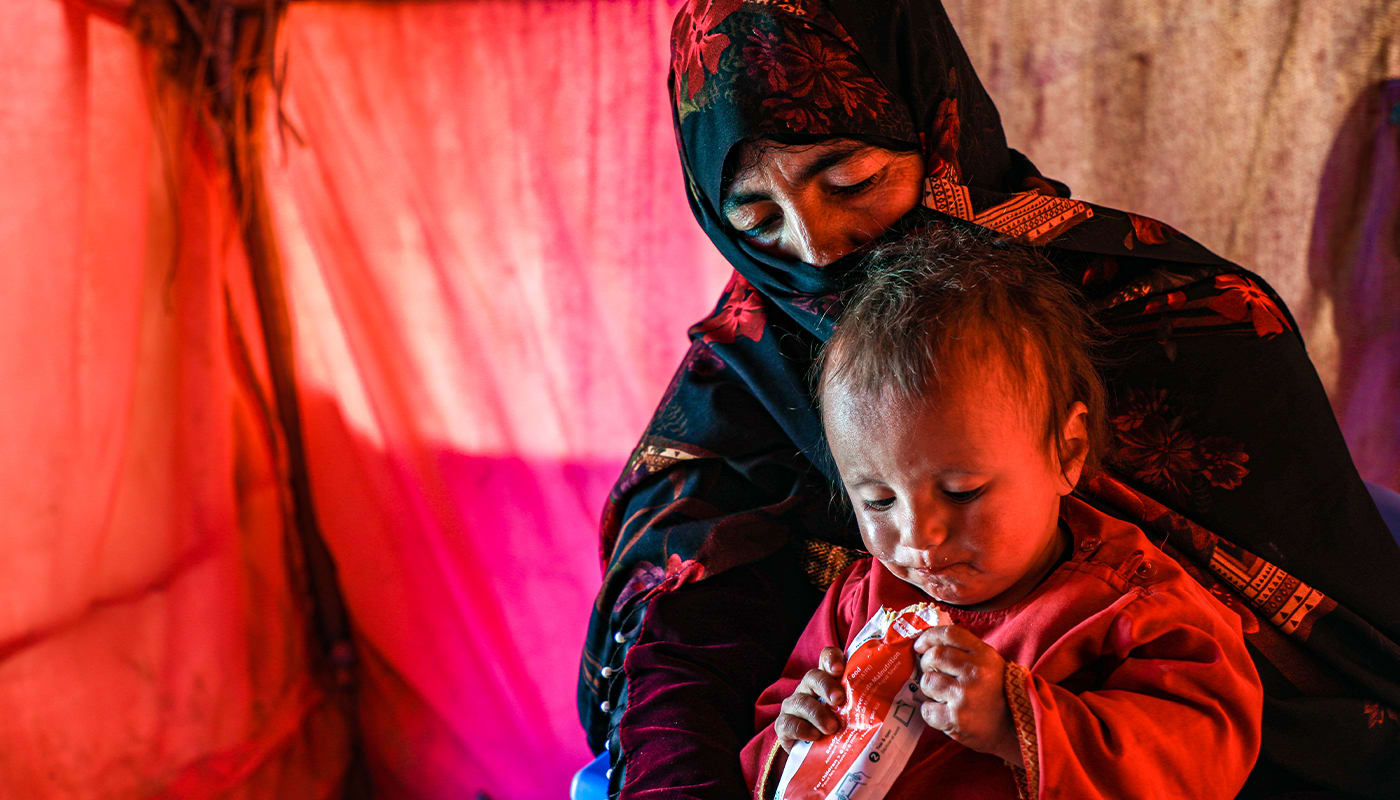
Afghanistan
Afghanistan
Severe drought, political unrest, and earthquakes continue to drive humanitarian needs for millions of Afghans. Almost half the population in Afghanistan need humanitarian and protection assistance. This number continues to grow each day.
Learn more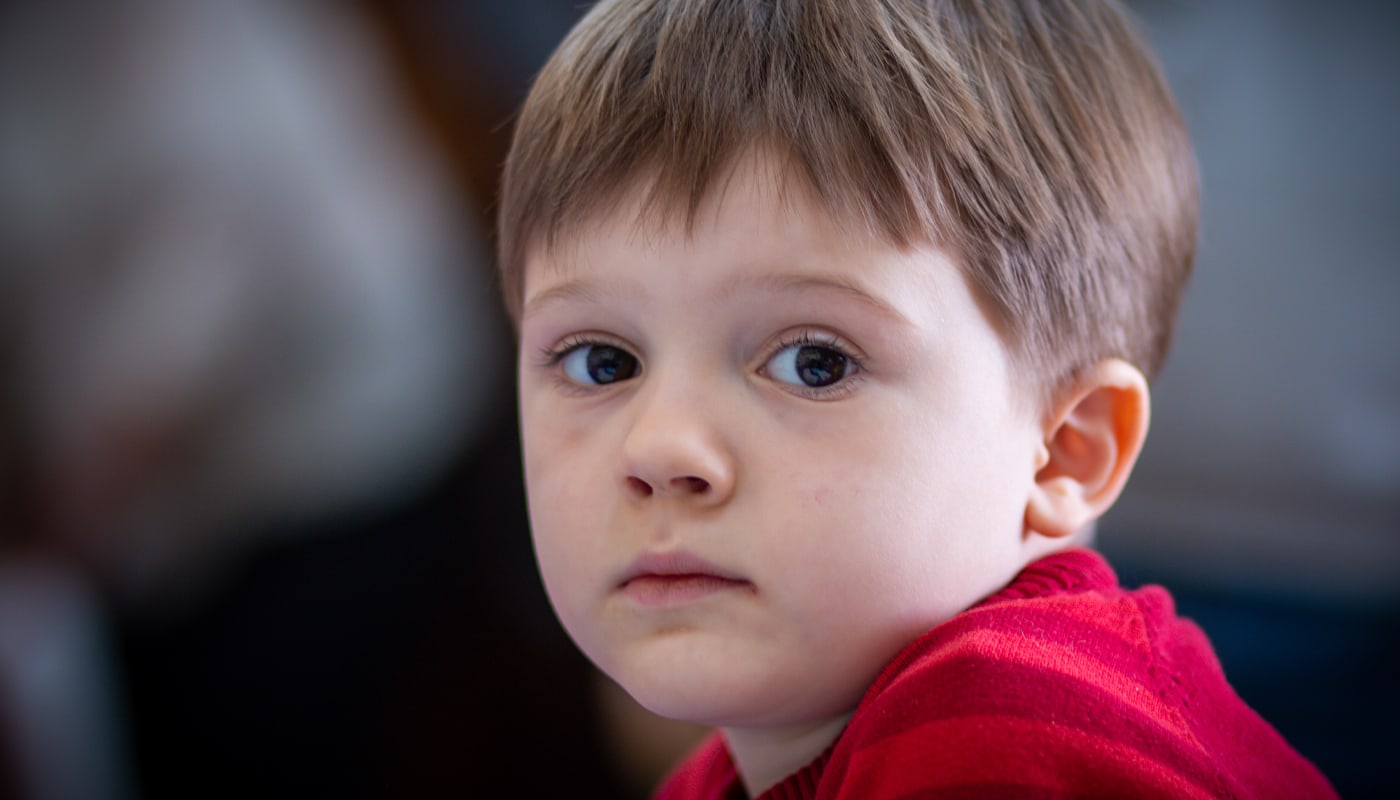
Ukraine
Ukraine
Children and families are being forced to leave everything behind due to the crisis in Ukraine. With no end to the conflict in sight, refugee families urgently need food, essentials, protection against trafficking, support to recover from trauma and more.
Learn more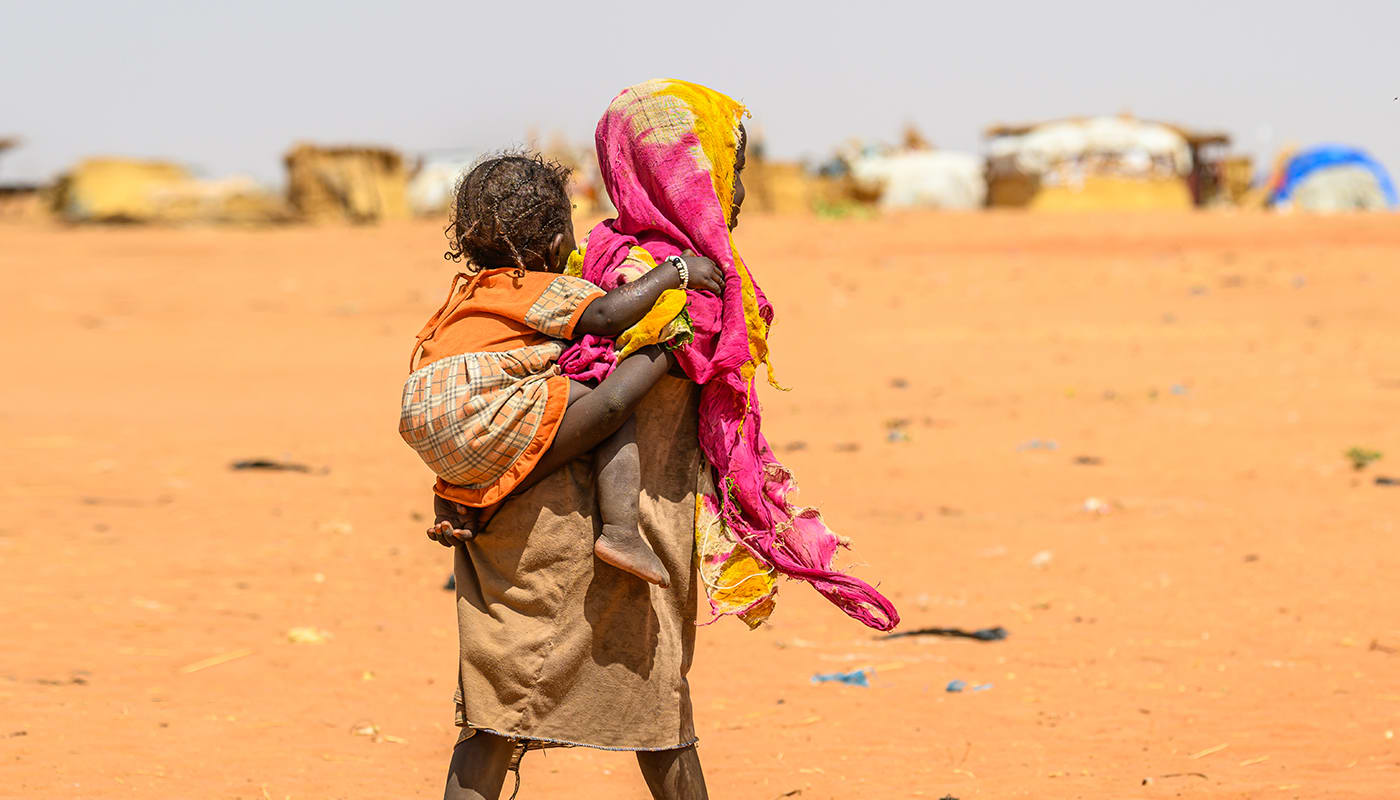
South Sudan
South Sudan
Tribal conflict, civil war and natural disasters are robbing children of their futures. People are displaced, children are malnourished and famine is looming. Girls as young as 10 are being forced to marry, violating their rights to health, education and opportunities.
Learn more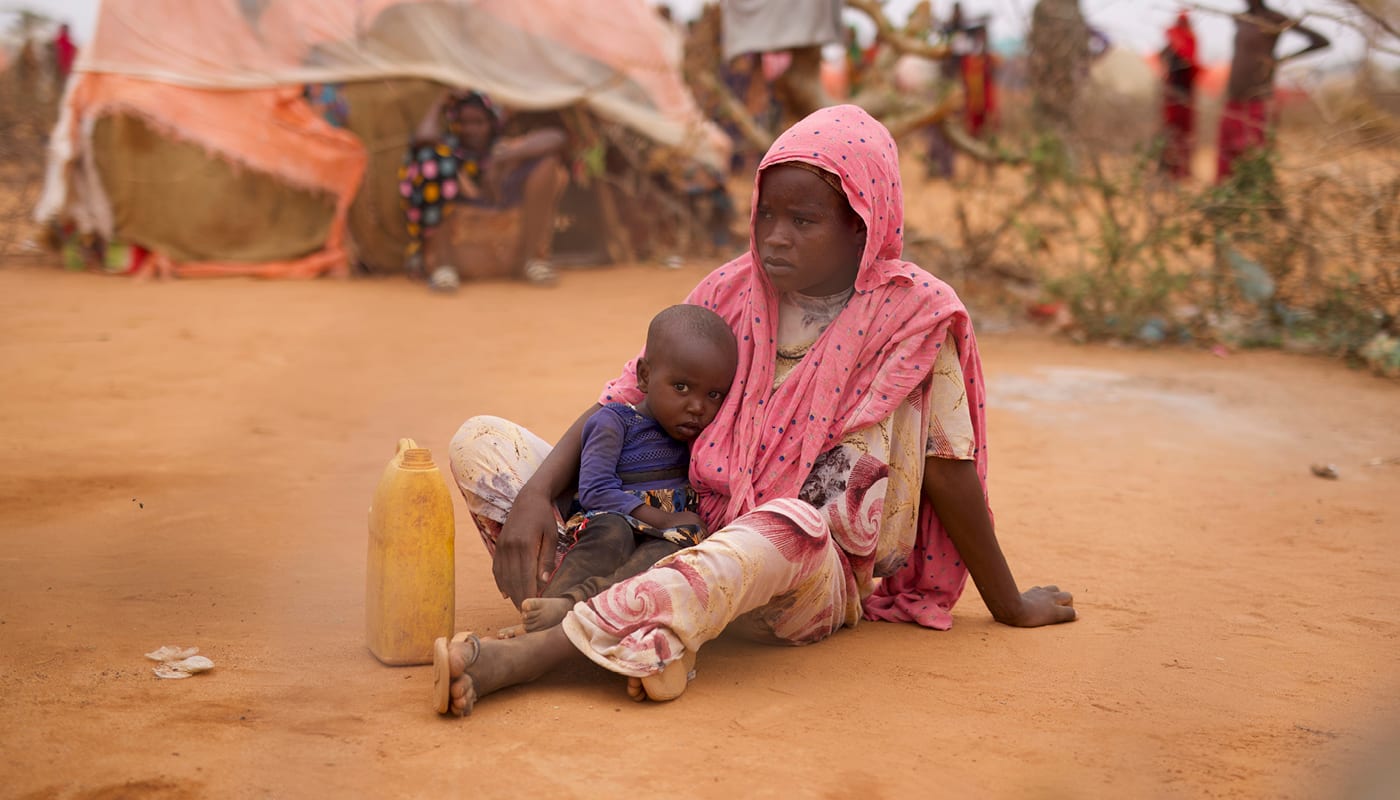
Somalia
Somalia
Right now, famine is looming in Somalia. Children are struggling to survive the worst hunger crisis in living memory. Conflict, droughts, floods and soaring food prices mean children are starving. And there's just not enough emergency food.
Learn more
Afghanistan
Afghanistan
Severe drought, political unrest, and earthquakes continue to drive humanitarian needs for millions of Afghans. Almost half the population in Afghanistan need humanitarian and protection assistance. This number continues to grow each day.
Learn more
Ukraine
Ukraine
Children and families are being forced to leave everything behind due to the crisis in Ukraine. With no end to the conflict in sight, refugee families urgently need food, essentials, protection against trafficking, support to recover from trauma and more.
Learn more
South Sudan
South Sudan
Tribal conflict, civil war and natural disasters are robbing children of their futures. People are displaced, children are malnourished and famine is looming. Girls as young as 10 are being forced to marry, violating their rights to health, education and opportunities.
Learn more
Somalia
Somalia
Right now, famine is looming in Somalia. Children are struggling to survive the worst hunger crisis in living memory. Conflict, droughts, floods and soaring food prices mean children are starving. And there's just not enough emergency food.
Learn more
We ensure all resources entrusted to us are used effectively to bring maximum impact.

As part of an international partnership working in nearly 100 countries, World Vision New Zealand pursues the highest standards of stewardship and accountability.
In 2023, 82% of World Vision New Zealand's total operating expenses were used for international program support that benefited children, families and communities in need. Learn more.